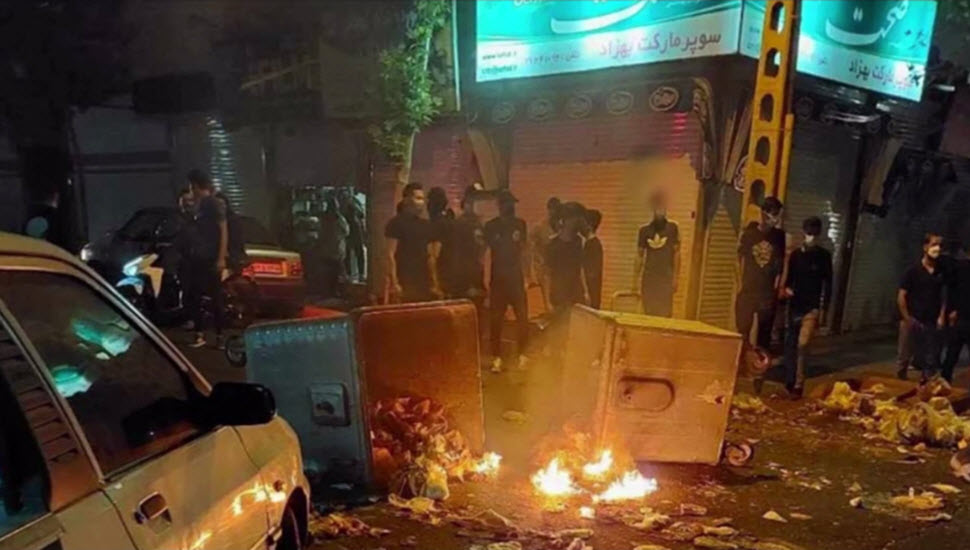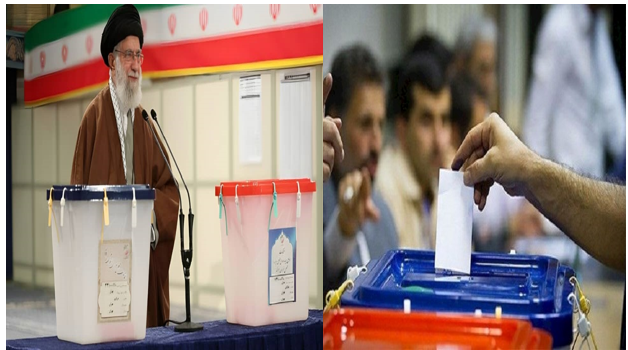
The scene is so farcical that the nation’s president, traditionally expected to be a contender from the capital, has been relegated to represent South Khorasan province—a decision that deviates markedly from the norm and underscores the extent of the regime’s electoral engineering.
This election cycle is being criticized as the “least competitive” in the history of the Assembly of Experts, with startling anomalies coming to light. Reports from the state-run Ham-Mihan newspaper highlight the so-called “statistical wonders” of these elections, where entire provinces like Alborz, South Khorasan, Zanjan, Semnan, Fars, Kohgiluyeh and Boyer-Ahmad, and Lorestan face no competition whatsoever.
In an absurd turn of events, Shiraz, allocated five seats, has only four qualified candidates. Zanjan presents an even more ludicrous scenario with a single seat up for grabs and not a single candidate deemed qualified. The non-competitive nature of this election is expected to spread, with more provinces likely to join the list of those without genuine electoral contests.

The regime is at a juncture where even minimal opposition threatens to unravel its authoritarian fabric. Figures who once played significant roles within the system, like Mostafa Pourmohammadi, notorious for his part in the 1988 massacre of political prisoners, are being sidelined in a desperate bid to consolidate power.
The disqualification of former president Hassan Rouhani, a leading figure of the reformist faction, marks a further escalation in the regime’s purge of potential challengers. The breadth and intensity of these disqualifications have surprised even those accustomed to the regime’s authoritarian tactics, underscoring a blatant disregard for electoral integrity.
In stark contrast to the regime’s orchestrated “elections,” the real pulse of Iran’s resistance beats in the streets, where the youth defy oppressive forces like the Islamic Revolutionary Guard Corps (IRGC) and Basij with their demands for change. These brave young individuals, through acts of defiance and protest, cast the most significant votes against the regime, embodying the true spirit of “qualification” through their resilience and opposition to tyranny.
As the regime doubles down on its election manipulation to navigate through its self-created bottleneck, the people of Iran are increasingly rallying for freedom from this oppressive system. The expanding ranks of the rebellious youth are a testament to the growing dissatisfaction and the fervent desire for change. Slogans like “Death to the mullahs’ rule,” “Death to the dictator,” and “Death to Khamenei” echo through the streets, signaling a collective yearning for revolution over rigged elections.
Iran’s current electoral exercise is a clear indication that the regime’s legitimacy is waning. The call for revolution grows louder, driven by the indomitable spirit of those who seek to dismantle the foundations of a tyrannical system. The future of Iran, it seems, will be written not by those who manipulate its electoral process but by the courageous youth committed to their nation’s liberation.

MEK Iran (follow us on Twitter and Facebook), Maryam Rajavi’s on her site, Twitter & Facebook, NCRI (Twitter & Facebook), and People’s Mojahedin Organization of Iran – MEK IRAN – YouTu







